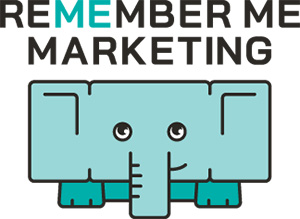The Art of Personalized Email Marketing
Email marketing’s success hinges on delivering the right message to the right person at the right time. This is where list segmentation comes into play. By segmenting your email list, you can tailor your messages to suit specific groups within your audience, leading to higher engagement and more effective campaigns. Let’s delve into how list segmentation can transform your email marketing strategy.
1. What is List Segmentation?
List segmentation is the process of dividing your email list into smaller, more focused groups based on specific criteria. These criteria can range from demographic information to past purchase behavior or engagement levels.
2. Benefits of Segmentation
- Increased Relevance: Segmentation allows you to tailor your content to the specific interests and needs of different groups, making your emails more relevant and engaging.
- Higher Open and Click-Through Rates: Personalized emails tend to have higher open and click-through rates, as they resonate more with recipients.
- Improved Customer Experience: Providing content that is relevant to each segment enhances the overall experience of your subscribers, fostering loyalty and trust.
3. Criteria for Segmenting Your List
You can segment your list in numerous ways, depending on your business and audience. Some common criteria include:
- Demographics: Age, gender, location, job title.
- Behavior: Purchase history, website activity, email engagement.
- Customer Journey Stage: New subscribers, regular customers, lapsed customers.
4. Effective Strategies for Segmented Email Campaigns
- Tailor Your Messages: Customize your email content to address the unique characteristics and preferences of each segment.
- Targeted Promotions: Offer promotions and discounts that are relevant to each group’s previous purchases or expressed interests.
- Re-engagement Campaigns: Create special campaigns to re-engage inactive subscribers or past customers.
5. Measuring Success in Segmentation
Track key metrics like open rates, click-through rates, conversion rates, and unsubscribe rates for each segment. This data will help you understand the effectiveness of your segmentation strategy and where to make improvements.
6. Best Practices for List Segmentation
- Keep Your Data Clean: Regularly update and clean your list to ensure the accuracy of your segments.
- Test and Learn: Experiment with different segmentation criteria and messages to see what works best.
- Respect Privacy: Always handle subscriber data responsibly and in compliance with privacy laws.
7. Advanced Segmentation Techniques
As you become more comfortable with basic segmentation, explore advanced techniques like predictive analytics or dynamic content, which further personalize the user experience based on anticipated future behavior or real-time interactions.
List segmentation is a powerful tool in the arsenal of email marketing. By sending targeted, relevant content to specific segments of your audience, you can significantly increase the effectiveness of your campaigns. Remember, the more personalized and relevant your emails are, the more likely they are to engage and convert.
For deeper insights into implementing effective list segmentation strategies, or if you need assistance in maximizing your email marketing efforts, Remember Me Marketing is here to help. Contact us to explore how we can elevate your email campaigns to new heights of engagement and success.

